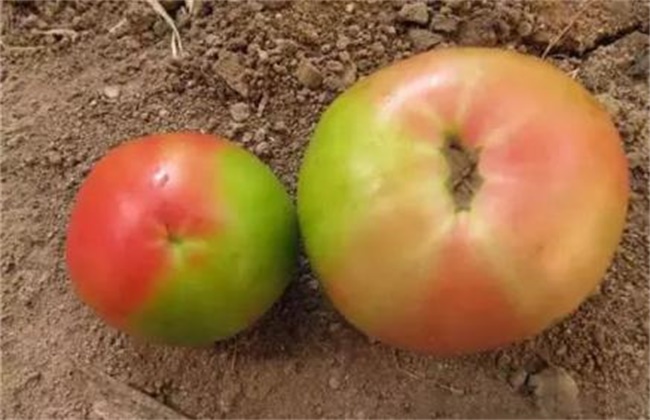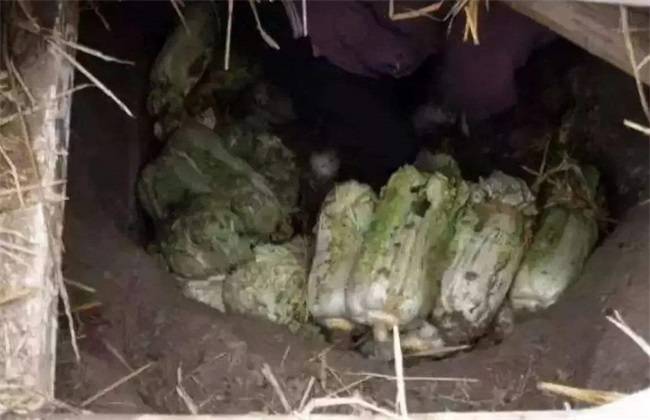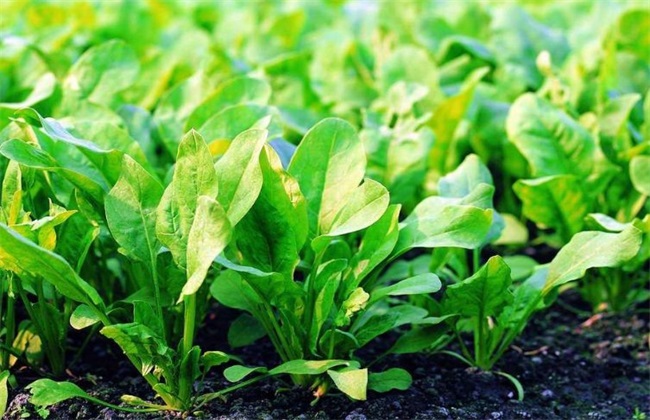Causes and solutions of poor coloring of tomatoes in winter
After entering winter, the temperature is relatively low, which is one of the difficult problems for farmers who produce tomato in greenhouse, how to promote the normal color conversion of tomato fruit in a short time. So what is the cause of poor coloring of tomatoes in winter? What should we do about it? Come and have a look with the editor.

I. causes of poor coloring
1. The temperature is not suitable
Unsuitable temperature is the main reason for poor coloring of tomatoes. After entering the green ripening period, tomatoes have more chlorophyll and less carotenoids, and lycopene should be formed between 18 and 26 degrees Celsius. Lycopene can not be formed normally, but carotenoids will still be formed, so the fruit will turn yellow and pale at low temperature. In addition, when the temperature is higher than 32 degrees, the fruit ripens faster, but the formation of lycopene will also be blocked, which will also affect the normal coloring.
2. Improper management of fertilizer and water.
When too much nitrogen fertilizer is applied, the plant will grow strongly, but the lack of water will also cause poor coloring of the fruit; when there is a lack of certain elements, poor coloring will also occur in different parts of the fruit, such as yellow shoulder when nitrogen deficiency and yellowish green fruit shoulder when potassium deficiency.
3. Poor ventilation and permeability.
When the ventilation and permeability of the greenhouse is poor, it will also affect the normal coloring of the fruit, and the color of the tomato planted in the greenhouse with insufficient light is not as bright as that cultivated in the open field.
II. Solution measures
1. Strengthen the measures of heat preservation
Temperature is an important factor to ensure good coloring of tomatoes, so it is necessary to control the temperature of the greenhouse in winter and keep it between 18 and 26 degrees, so as to make the tomatoes change color normally.
2. Supplementary lighting
In winter, the late cover should be uncovered as early as possible, and the exposure time of tomatoes should be extended as long as possible. after the rain and snow stops, in order to ensure that the temperature does not drop, the grass should be opened in time to make vegetables see more light, and a reflective curtain can also be set up on the shed wall to increase light.
3. Supplement potassium and boron fertilizer
Potash fertilizer can be beneficial to tomato coloring, but it should be fully applied in advance, because the effect of potash fertilizer is slow after application, and it will often have no effect if the tomato coloring period is supplemented.
The above is the introduction of the causes and solutions of poor coloring of tomatoes in winter. I hope I can help you. If you want to know more about it, please follow us.
Related
- Where is it suitable to grow horseradish in China? it is expected to see the middle altitude horseradish in Alishan.
- How to prevent tomato virus disease reasonably? (Control methods included)
- Many people like to plant towel gourd on the balcony. What are the main points of this method and management?
- What crops can chili peppers be mixed with?
- Fertilization techniques and matters needing attention in Tomato
- What are the grafting techniques for peach seedlings in spring?
- Harm and control methods of root swelling disease of Chinese cabbage
- What are the pests of sweet potatoes? How to prevent and cure it?
- Symptoms, causes and Control methods of navel Rot in Tomato
- The cause of "Cucumber rotten bibcock" in Farmers' planting Cucumber and its Control Plan



